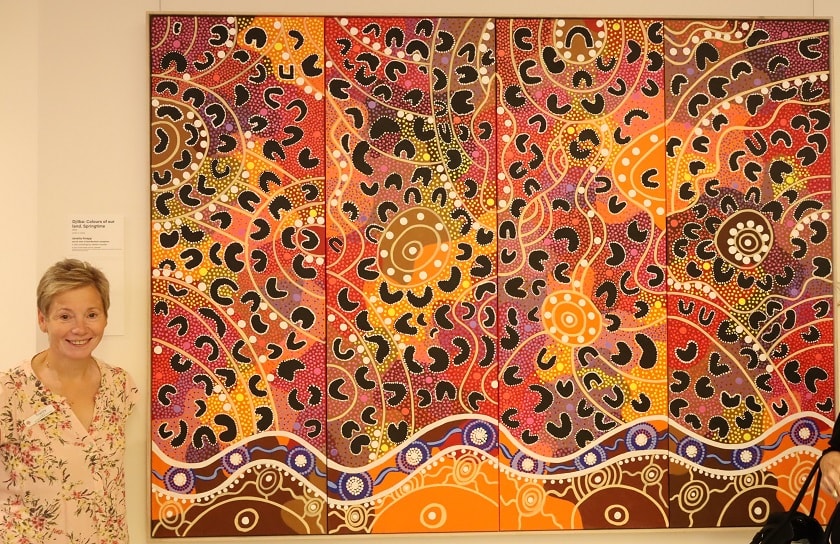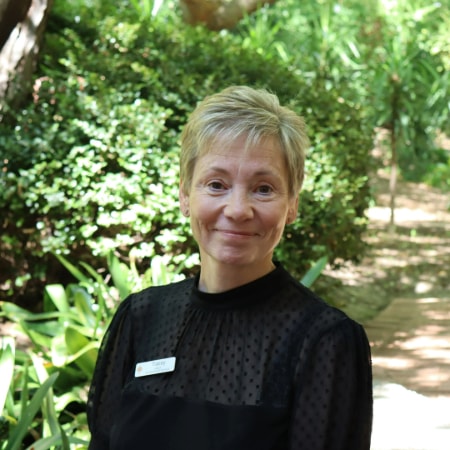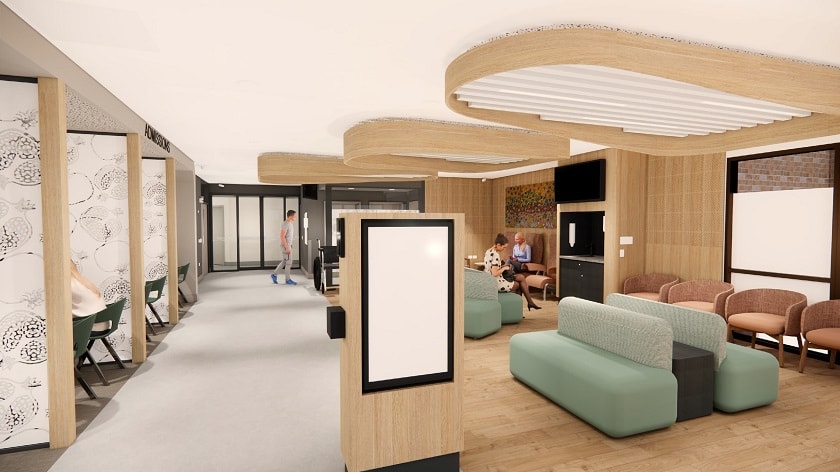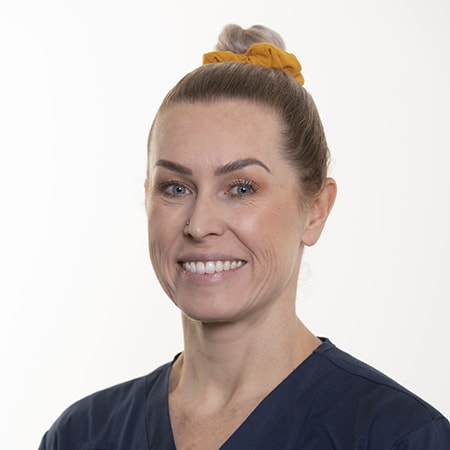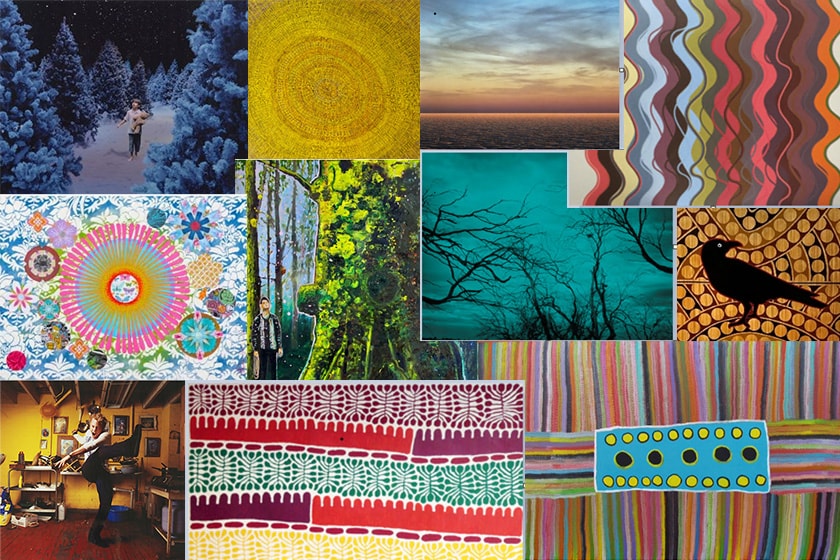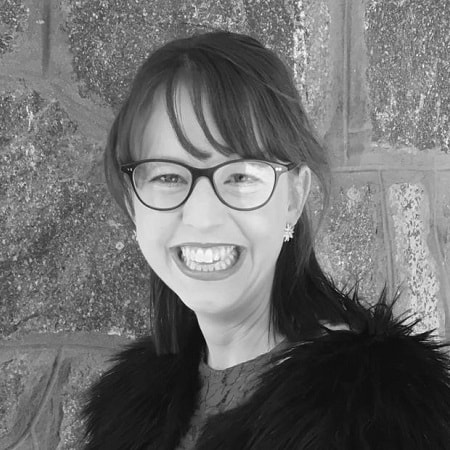After completing this placement, I will become a registered Creative Arts Therapist. Fortunately, my supervisor, Giuseppe Reina has secured a grant for me to contractually develop and facilitate joint weekly Creative Arts and Music Therapy sessions, exploring the combined efficacy for patient expression. These are exciting times for the development of more services that promote total well-being being provided by this progressive hospital.

My personal reflection about my placement; called “Safe Space”.
What are the benefits of art therapy?
Creative Arts Therapies (CAT) harness the power of art, music, dance, drama, poetry, play therapy, sand tray therapy, and more, to promote healing and enhance psychotherapy.As a Psychodynamic Creative Arts Therapist, I facilitate self-expression and strengthen the mind-body connection, making therapy more interactive. CAT emphasises creative expression over artistic outcomes, fostering self-discovery in a supportive environment. It deepens the mind-body connection by engaging the senses and imagination, which aids in repair and healing. Within the hospital setting, CAT enhance and contribute to the patients’ holistic health care, leading to improved health outcomes.

This body mapping exercises is incorporated with goal setting and a mindfulness guided imagery, with breath, somatic movements.
What are the types of activities you do with patients?
I use creative arts therapy, empathetic listening, storytelling, poetry, dramatic re-enactments, and somatic and exercises to treat trauma and stress. These techniques are rooted in understanding how the nervous system affects our sense of safety. I employ different kinds of breath work tailored to different ages and issues, as well as goal setting using mindfulness-guided imagery and metaphors. Each patient is different, so the therapy is named “creative arts.”My toolkit includes creative writing, sensory stimulation with toys, clay, dough, and visual arts mediums like weaving and textiles. I use puppets, cloth for cubbies, and natural materials to engage the senses. Trained in evidence-based methods, I adapt my materials to resonate with each patient’s interests, using whatever I have on my trolley. For example: One young woman, struggling with pain, found relief through mindful breathing, micro-tapping, and creating textured art, including a healing rainbow made from wool and cardboard, dedicated to her loved ones and late father.

This was an unhappy patient, but after we concluded co-creating a bird sculpture, which he enjoyed directing and placing in his room, he was in a visibly better state.
What has been the most rewarding experience you’ve had at Murdoch?
Witnessing people connect, find support, and gain a deeper understanding of themselves. It’s particularly fulfilling when someone stuck in a specific way of living gains new insights that enable them to move forward with a renewed sense of meaning and flow.
The creative aspect of my work as a therapist is equally rewarding. When I encounter an issue and find a unique solution for an individual, I feel deeply grateful for the opportunity to do this work. I also enjoy the opportunity to adapt creative arts therapy to various cultural and belief systems, witnessing its significant positive impact across diverse populations.

Pain body process with a patient with limited verbal skills, and dementia.
What have you found most challenging?
I must be very flexible and resilient as I knock on hospital room doors and must honour when I am not welcome. Sometimes, I need to step back and research different approaches for those I have not made as much progress with as I would like (if the opportunity is there for ongoing sessions). Early in my placement, my supervisor Giuseppe described our work as “espresso sessions”– often one-off sessions due to the nature of the hospital. I might only see the patient once, so making a small, positive difference in that session is crucial.

Patient & carers expressions about their current situation in the hospital.


